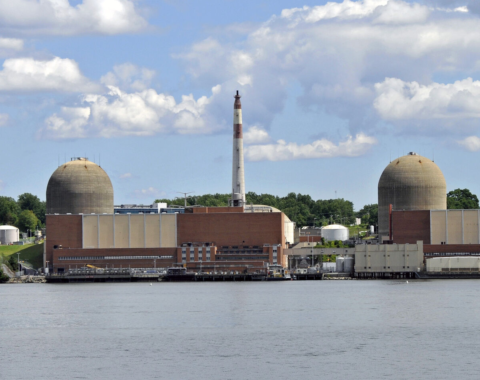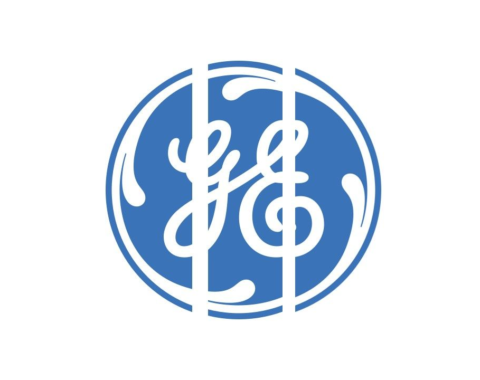
Researchers at the Lawrence Livermore National Laboratory in Northern California used an unconventional method of creating nuclear fusion by focusing 192 giant lasers at the National Ignition Facility (NIF) onto a pea-size pellet of hydrogen. This resulted in the release of 1.3 megajoules of energy in 100 trillionths of a second – roughly 10% of the energy of the sunlight that hits Earth every moment, and about 70% of the energy that the pellet had absorbed from the lasers. The scientists hope one day to reach the break-even or “ignition” point of the pellet, where it gives off 100% or more of the energy that it absorbs.
This energy yield is significantly larger than the scientists expected and much greater than the previous record of 170 kilojoules they set in February.
The researchers hope the result will expand their ability to research nuclear fusion weapons, the NIF’s core mission, and that it could lead to new ways to harness energy from nuclear fusion – the process that powers the sun and other stars. Some scientists hope that nuclear fusion could one day be a relatively safe and sustainable method for generating energy on Earth.
“This result is a historic step forward for inertial confinement fusion research, opening a fundamentally new regime for exploration and the advancement of our critical national security missions,” said Kim Budil, the director of Lawrence Livermore National Laboratory.
Modern nuclear power plants use nuclear fission, which generates energy by splitting the heavy nuclei of elements like uranium and plutonium into lighter nuclei. But more energy can be generated from nuclear fusion – a process of smashing together lighter nuclei to make heavier elements. This process is demonstrated daily via the Sun and the stars.
Although stars can fuse many different elements, including carbon and oxygen, their main energy source comes from the fusion of hydrogen into helium. Because stars are so large and have such strong gravity, the fusion process takes place at very high pressures within the star.
Most Earthbound efforts to generate energy from fusion, such as the giant ITER project being built in France, use a doughnut-shaped chamber called a tokamak to confine a thin plasma of hot, neutron-heavy hydrogen inside strong magnetic fields.
Scientists and engineers have worked for more than 60 years to achieve sustainable nuclear fusion within tokamaks, with very limited success to date. But some researchers believe they will be able to sustain fusion in tokamaks within a few years, as evidenced by the ITER project, which hopes to prove this sometime after 2035.
However, this method developed at Lawrence Livermore National Laboratory is a different way of achieving nuclear fusion without using a tokamak. Although it was developed so scientists could study the behavior of hydrogen in thermonuclear weapons – hydrogen bombs – scientists believe it could be used as a way to generate energy for peaceful purposes.
The NFI uses an array of laser-light amplifiers the size of three football fields to focus laser beams on hydrogen fuel pellets in a 33-foot-wide (10 meters) spherical metal “target chamber.” These lasers are the world’s most powerful, capable of generating up to 4 megajoules of energy.



